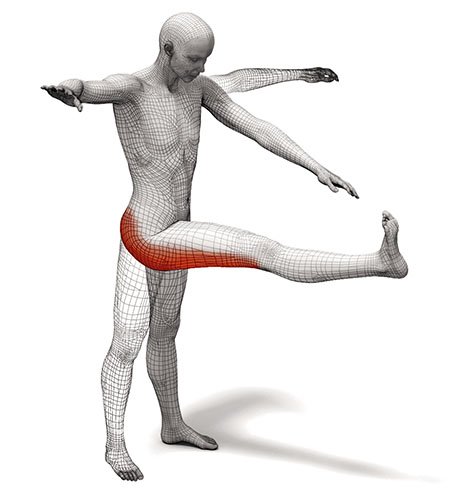The Mysteries of Stretching: A History
It's now commonplace for strength and performance coaches to use stretching as a preventative measure against injury. But where did this widely accepted tradition start? And does it truly have the scientific backing it seemingly acclaims?
The art of controlling one’s inner energy has long been sought after, present in many religions and cultures. This specifically leads us to the history of yoga, which has origins before 2000 B.C. The roots of yoga were defined and developed through mystic rituals, well documented, for example, in the Upanishads.

This collection of over 200 scriptures is certainly not how we would approach yoga in the modern day. The evolution of the system of practices that would become what we now know as yoga is long and colorful - it's main developments being the ideas of the mind/body connection and tapping into one’s inner energy. It's not hard to see why people began stretching to achieve these connections, with its tingling and “releasing” properties.
Let us not forget that stretching is also instinctive, not being unique to humans either. Dogs stretch when they get up, we stretch when we yawn…

So, what really occurs when we stretch?
Well, unsurprisingly, it depends on the type of stretching being done.
The two most documented stretching techniques are static and dynamic stretching.
In static stretching, a position is held inducing tension in the muscle to the point of a stretching sensation and repeated.

Conversely, dynamic stretching usually consists of moving a limb through its full range of motion to its end range or in a circular motion and repeated.

Now to the interesting part:
Though athletes and coaches abroad often incorporate rigid stretching routines into their programming, they often have as much scientific reasoning as voodooism. Countless studies have been conducted on the effects of stretching on injury risk and performance. Unfortunately, contradictory data is more common than one might expect.(https://www.ncbi.nlm.nih.gov/pmc/articles/PMC1250267/) One study of 1284 subjects assigned to stretching groups and 1346 subjects to control groups showed “a pooled estimate of the all-injuries hazard ratio of 0.95 (ie, a 5% decrease in injury risk; 95% CI = 0.78 to 1.16), which was not statistically significant.” In terms of performance, the only widely accepted truth is that both static and dynamic stretching improve ROM (range of motion). Some studies have shown static stretching to improve strength and performance, others just the opposite.
Stretching Techniques Comparative Matrix, based on studies comparing at least 2 techniques.

In conclusion, stretching continues to be as much of an artform as it is a science, and as always, more research is needed to determine the benefits and drawbacks of stretching in its’ specific settings. Luckily, kinesiology and other sports science fields are growing and I’m sure the future holds valuable research and information. My one piece of advice to all athletes is to take the time to target your specific weaknesses and strengthen them the best to your ability.
Really awesome. Upvoted. Following you.
thanks mate
Great information. I'm a fan!
Really Awesome post thanks !!....My new post ...[Akshardham Temple]